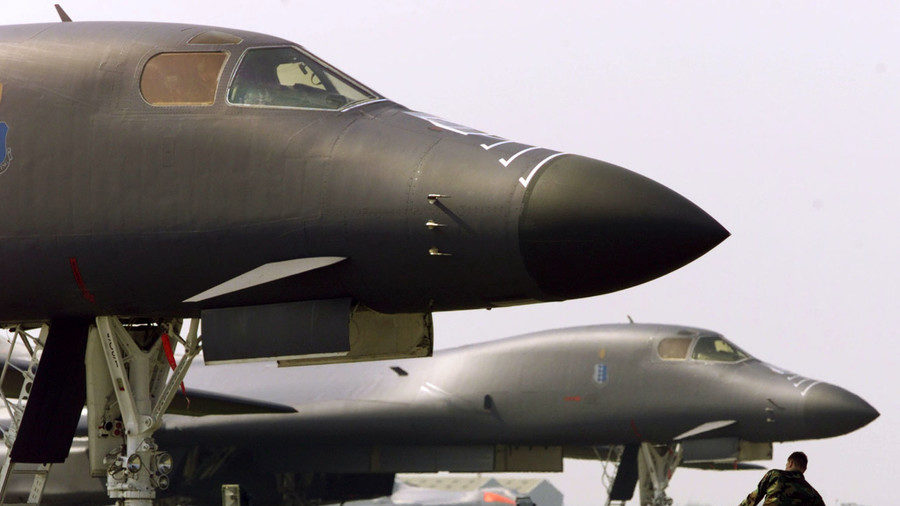OF THE
TIMES
condition the infections The syndrome The bacterium The virus Is it just me or can't they get their story straight anymore?
I told them to avoid the seafood platter...
about fracking finally, some common sense displayed somewhere in the world. You can be anything you want in bed or with informal company, but you...
Whatever happens to weaken the grip of the Anglosaxon satanic elite in Europe and the "Western" world, I think any sane European more than...
Here's a clue: what mammal gets vaccinated more than Human 1.0? Answer: cattle especially dairy cows. Next; how does a genetically specific to a...
To submit an article for publication, see our Submission Guidelines
Reader comments do not necessarily reflect the views of the volunteers, editors, and directors of SOTT.net or the Quantum Future Group.
Some icons on this site were created by: Afterglow, Aha-Soft, AntialiasFactory, artdesigner.lv, Artura, DailyOverview, Everaldo, GraphicsFuel, IconFactory, Iconka, IconShock, Icons-Land, i-love-icons, KDE-look.org, Klukeart, mugenb16, Map Icons Collection, PetshopBoxStudio, VisualPharm, wbeiruti, WebIconset
Powered by PikaJS 🐁 and In·Site
Original content © 2002-2024 by Sott.net/Signs of the Times. See: FAIR USE NOTICE

Reader Comments